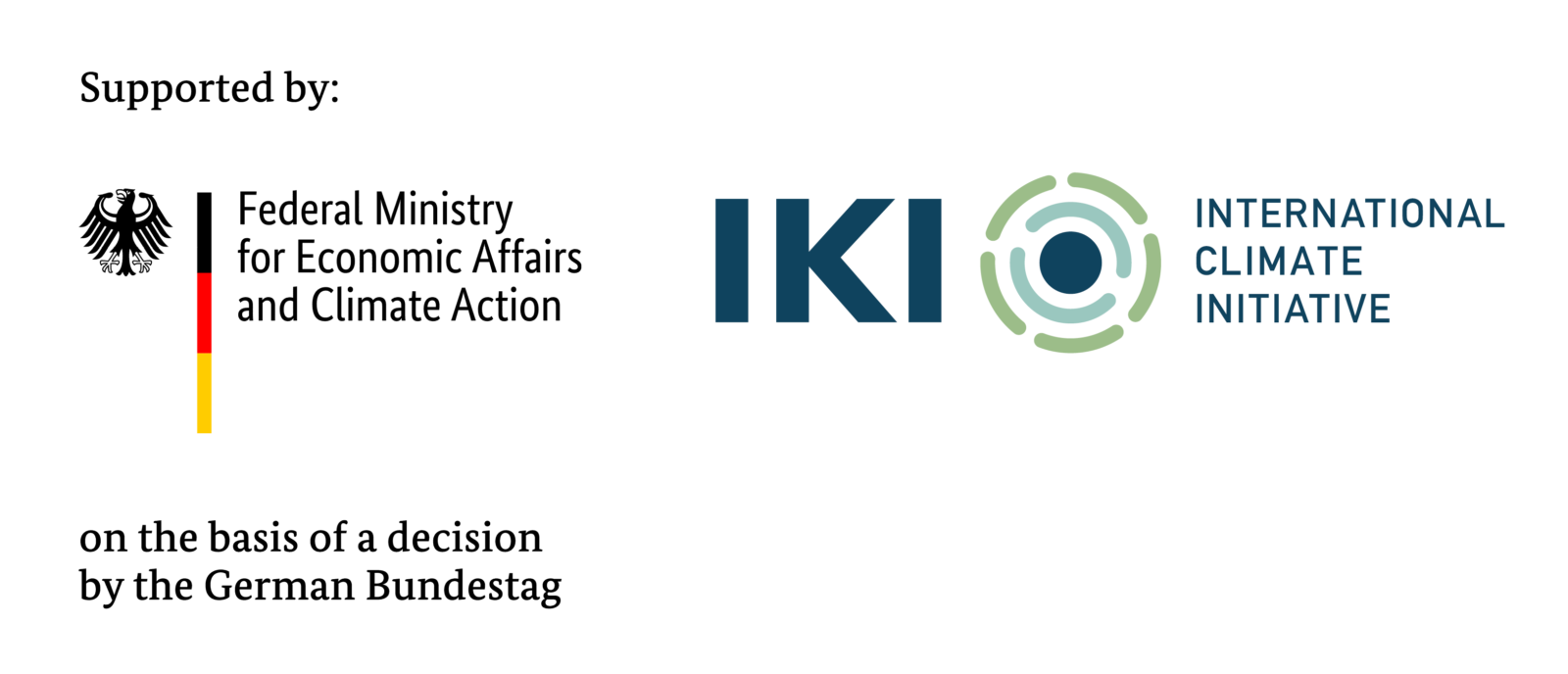Pilot Project: Sustainable Neighborhood Kochi
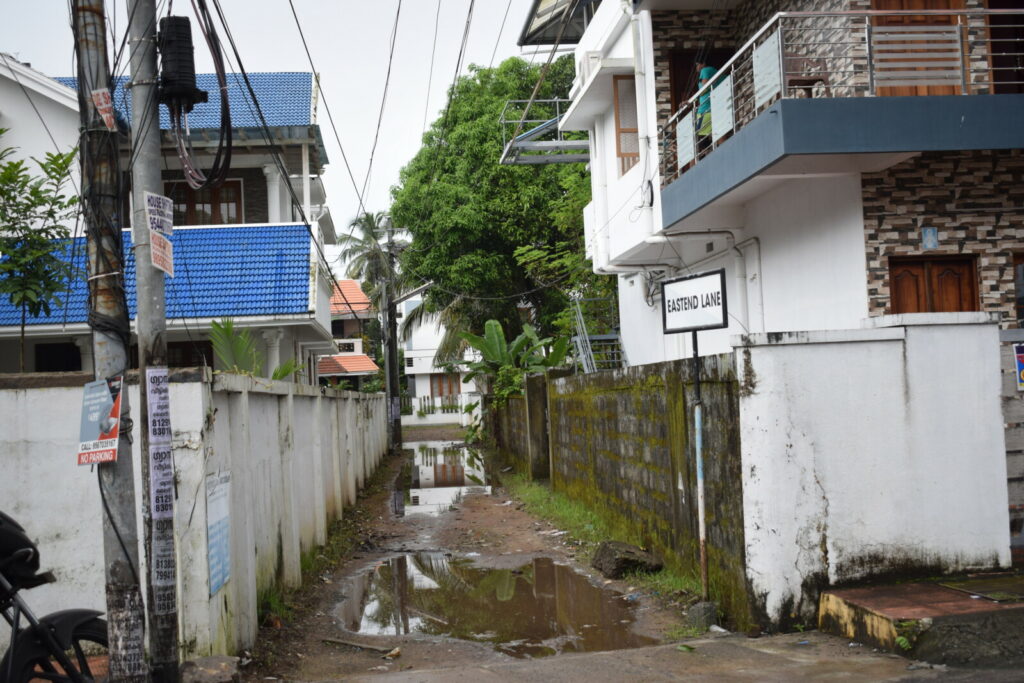
On-Site Visit to Elamakkara Ward
After a long planning phase, complicated by the continuing impacts of the Corona pandemic, the first on-site visit to the designated MGI pilot project area in Kochi was conducted in November. Team members from the Indian coordinating organizations and MGI partners National Institute of Urban Affairs (NIUA) and Fraunhofer India visited Kochi to inspect the project site with local stakeholders.
The planned measures for the pilot project were discussed in meetings with the mayor of Kochi and excursions with actors from the Centre for Heritage, Environment and Development (C-HED) as well as local water, health, building and waste management experts and the resident’s association. The Elamakkara Ward has a very high population density and its challenges in the areas of energy, water, and waste management, exacerbated by climate change impacts, are emblematic for the whole city of Kochi.

Challenges and Opportunities in Kochi
During the visit, the current conditional framework of the neighborhood and the challenges it faces were examined. Kochi receives abundant rainfall, which results in waterlogging across the entire city. The rainwater is collected and drained via a pipe system, and almost 60% of households already have a rainwater harvesting system. However, water reuse has not been extensively implemented in the Elamakkara area yet. Additionally, there is potential for renewable energies that is not utilized yet.
The sewage infrastructure in Kochi is mostly missing, and sewage is collected in septic tanks, the overflow of which infiltrates into the ground. The high groundwater table and frequent waterlogging make building sewer systems extremely difficult. Although some green spaces exist, the area is heavily sealed, building up heat and preventing water absorption, thereby increasing the effects of flooding and the urban heat island effect.
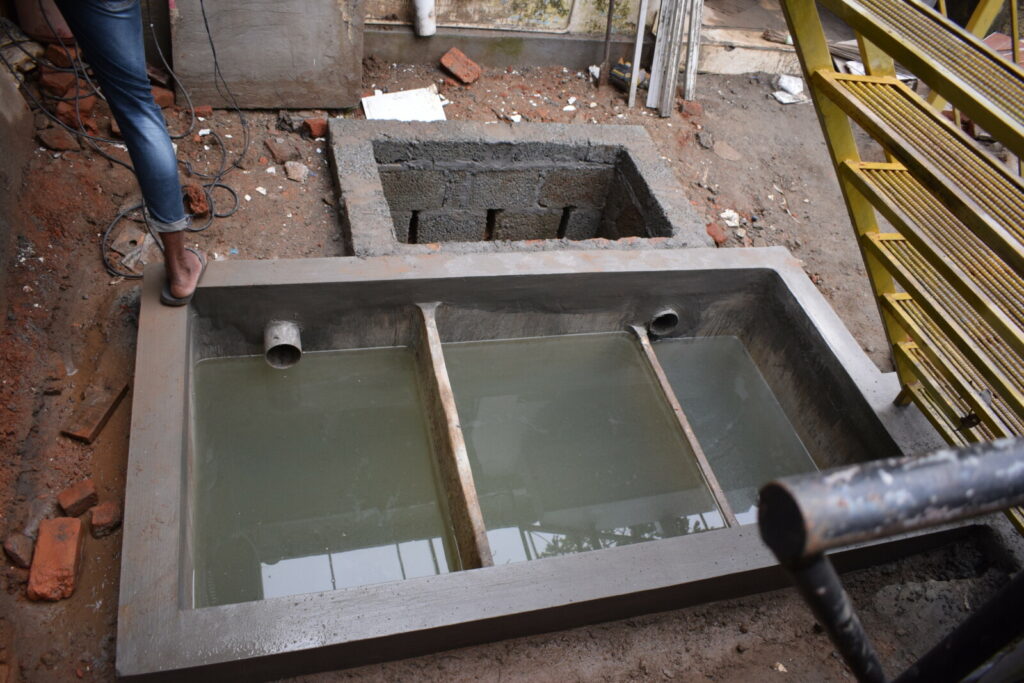
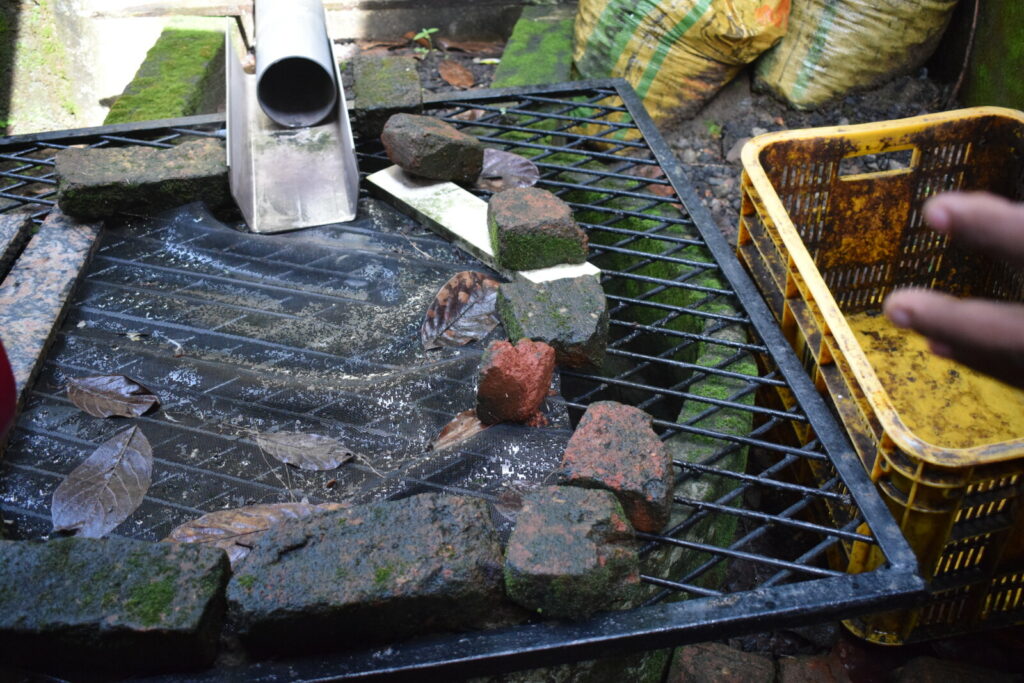
Sustainable Neighborhood Kochi
The objective of the pilot project “Sustainable Neighborhood” is to decrease the risks of flooding and urban heat islands by integrating more green spaces into the city to make it more resilient by achieving the sponge city effect. At the same time, the quality of living for the residents will be increased by reducing pollution of soil and water via sustainable water and sewage treatment. Furthermore, the city of Kochi is to be made more independent when it comes to electricity generation by increasing the share of renewable energy through solar power. Ultimately, this form of innovative sustainable refurbishment is to serve as a blueprint for other parts of the city as well as other cities with similar conditions.
A government school in the area was selected for demonstrating the planned measures. The plan is for all buildings to eventually be energetically renovated and restored to their history. Additionally, the installation of photovoltaic systems as well as decentralized sewage treatment is planned. Importantly, the residents will be involved in the planning process to create a sense of ownership. Therefore, a team of residents will be trained to operate and maintain the installations.
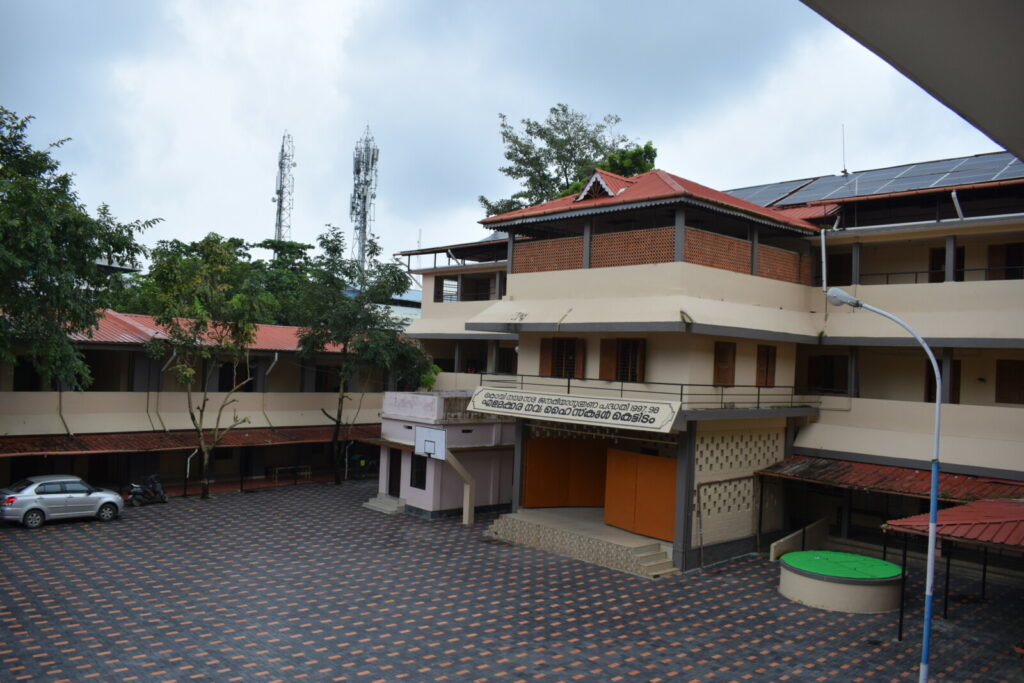
The combination of historic refurbishment and future-oriented smart technologies would make this neighborhood an attraction for smart city experts as well as for tourists, making it the flagship of the Smart City Kochi. In addition, it is estimated that this will stimulate the local economy. The experiences with the holistic approach of the Sustainable Smart City Neighborhood should be scientifically evaluated in order to gain knowledge of how inter-sectoral and integrated planning and implementation can be used for the roll-out of smart cities in the future.

